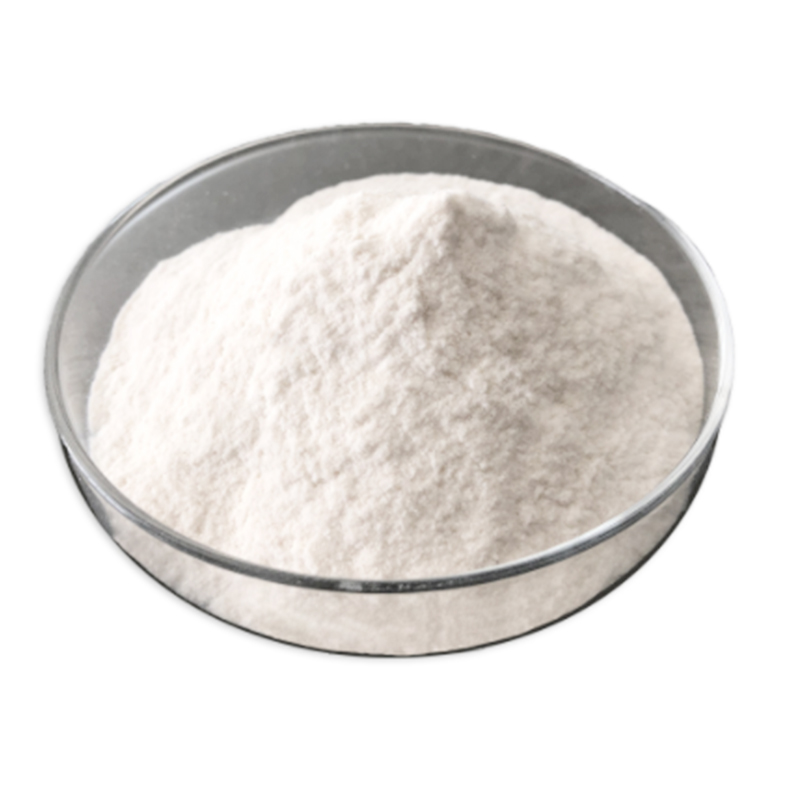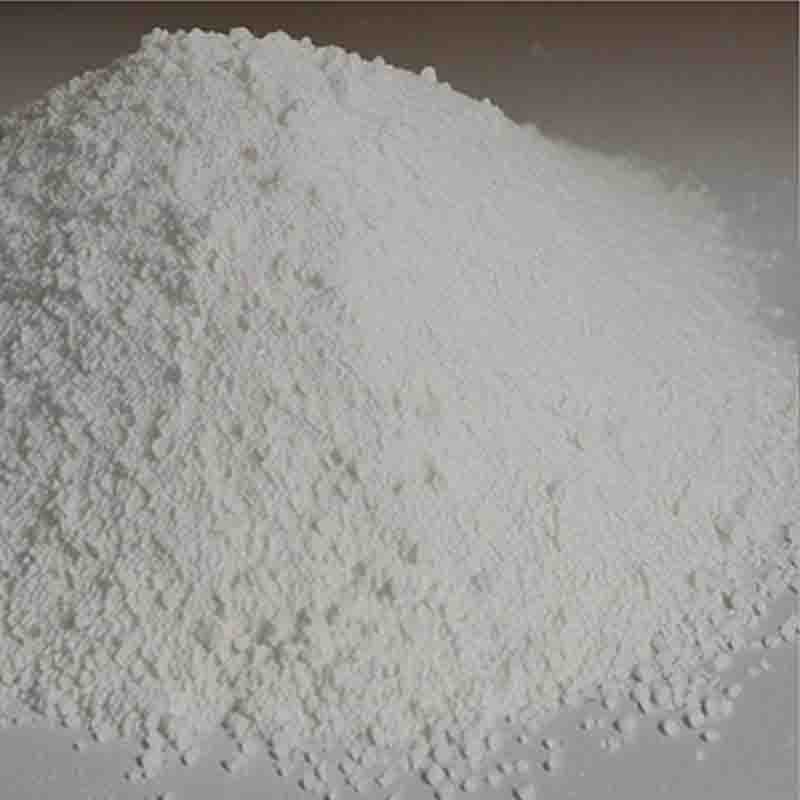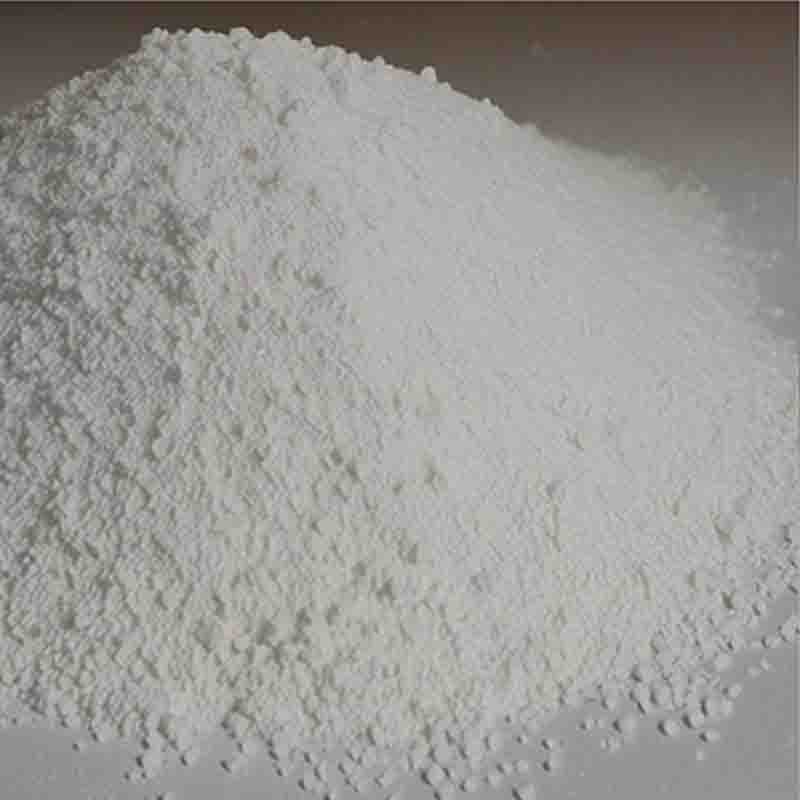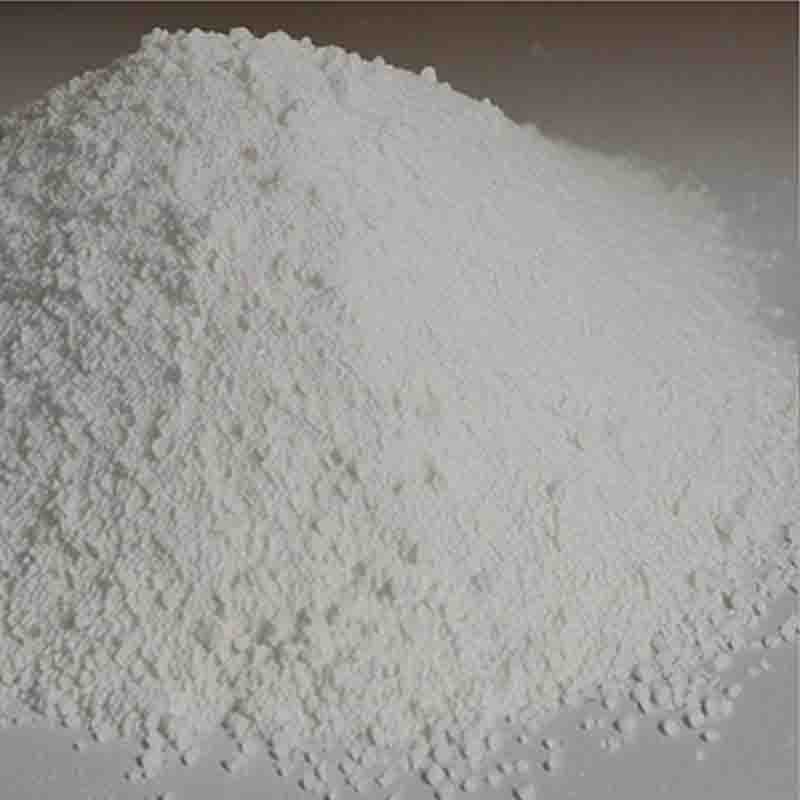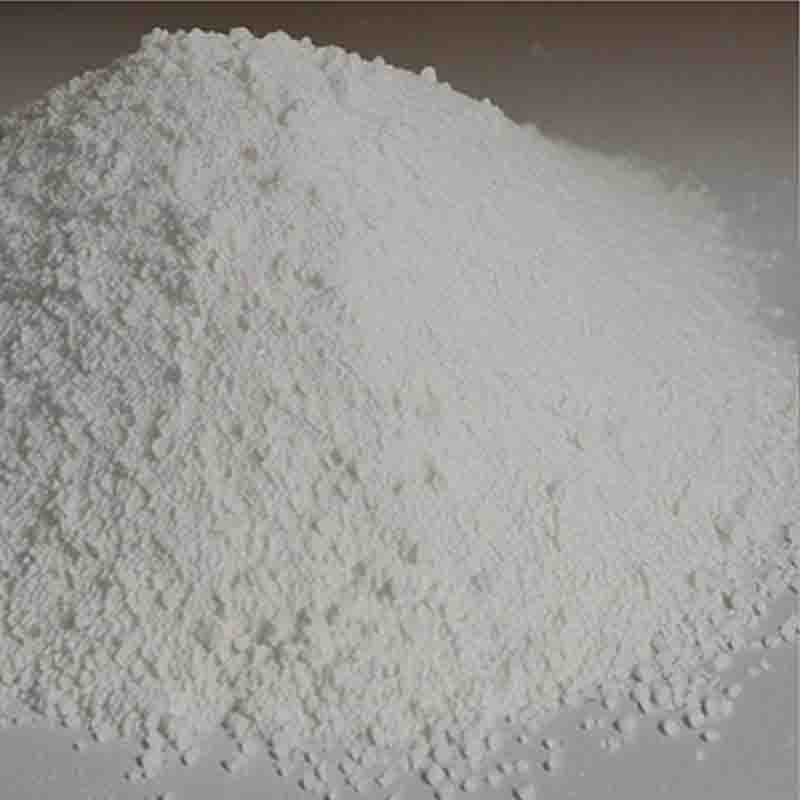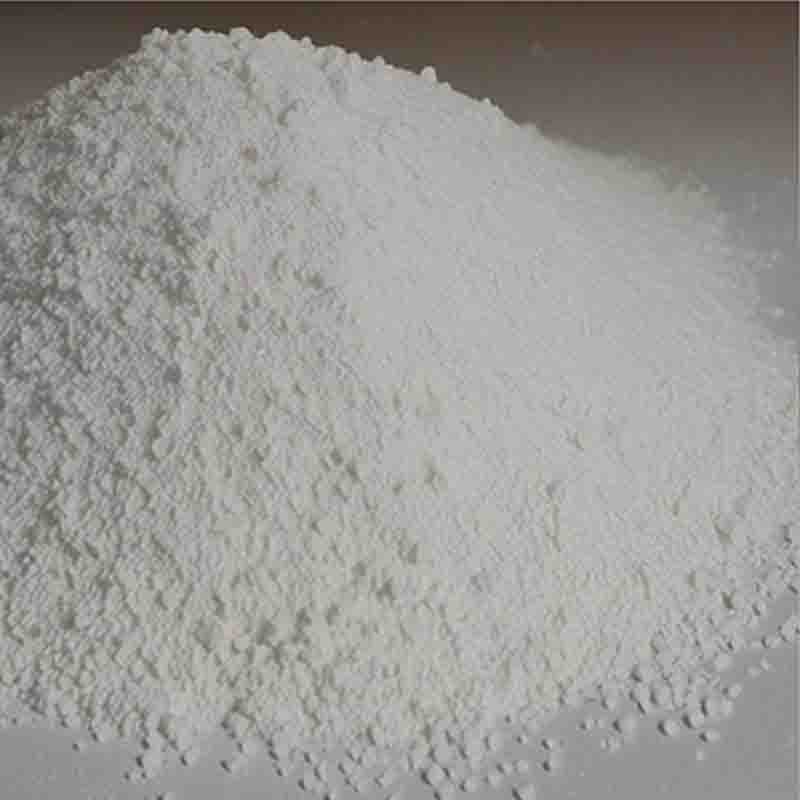5-Formyl-2,4-dimethyl-1H-pyrrole-3-carboxylicacid CAS:253870-02-9
| Catalog Number | XD95596 |
| Product Name | 5-Formyl-2,4-dimethyl-1H-pyrrole-3-carboxylicacid |
| CAS | 253870-02-9 |
| Molecular Formula | C8H9NO3 |
| Molecular Weight | 167.16 |
| Storage Details | Ambient |
Product Specification
| Appearance | White powder |
| Assay | 99% min |
5-Formyl-2,4-dimethyl-1H-pyrrole-3-carboxylic acid is a chemical compound with potential therapeutic effects in various fields, including medicinal chemistry and organic synthesis. It belongs to the class of pyrrole derivatives and has a unique structure that gives it interesting properties.One of the potential effects of 5-formyl-2,4-dimethyl-1H-pyrrole-3-carboxylic acid is its antibacterial activity. Research studies have shown that this compound exhibits inhibitory effects against various bacterial strains. It has been investigated for its potential as an antimicrobial agent, particularly against drug-resistant bacteria. The antibacterial mechanism of action is thought to involve the disruption of bacterial cell wall synthesis or inhibition of essential enzymes involved in bacterial growth and replication.Additionally, 5-formyl-2,4-dimethyl-1H-pyrrole-3-carboxylic acid has been studied for its antioxidant properties. Oxidative stress, caused by an imbalance between the production of reactive oxygen species (ROS) and the body's antioxidant defense mechanisms, is implicated in various diseases, including neurodegenerative disorders and cardiovascular diseases. This compound has shown promising antioxidant effects, which can help reduce the damage caused by ROS and protect cells from oxidative stress.Moreover, 5-formyl-2,4-dimethyl-1H-pyrrole-3-carboxylic acid has also been investigated for its potential as an anti-inflammatory agent. Inflammation is a natural response of the body to injury or infection, but chronic inflammation can contribute to the development and progression of various diseases. Studies have suggested that this compound may possess anti-inflammatory properties by modulating inflammatory pathways and reducing the release of inflammatory mediators.Overall, 5-formyl-2,4-dimethyl-1H-pyrrole-3-carboxylic acid exhibits potential therapeutic effects as an antibacterial agent, antioxidant, and anti-inflammatory compound. However, further research is needed to fully understand its mechanism of action and explore its potential applications in medicine. It is important to note that the compound's effects may vary depending on its formulation, dosage, and mode of administration. Therefore, it should be studied and utilized with caution in order to establish its safety profile and maximize its therapeutic benefits.


